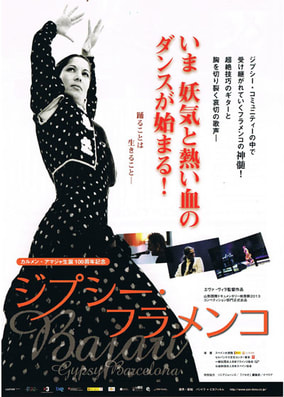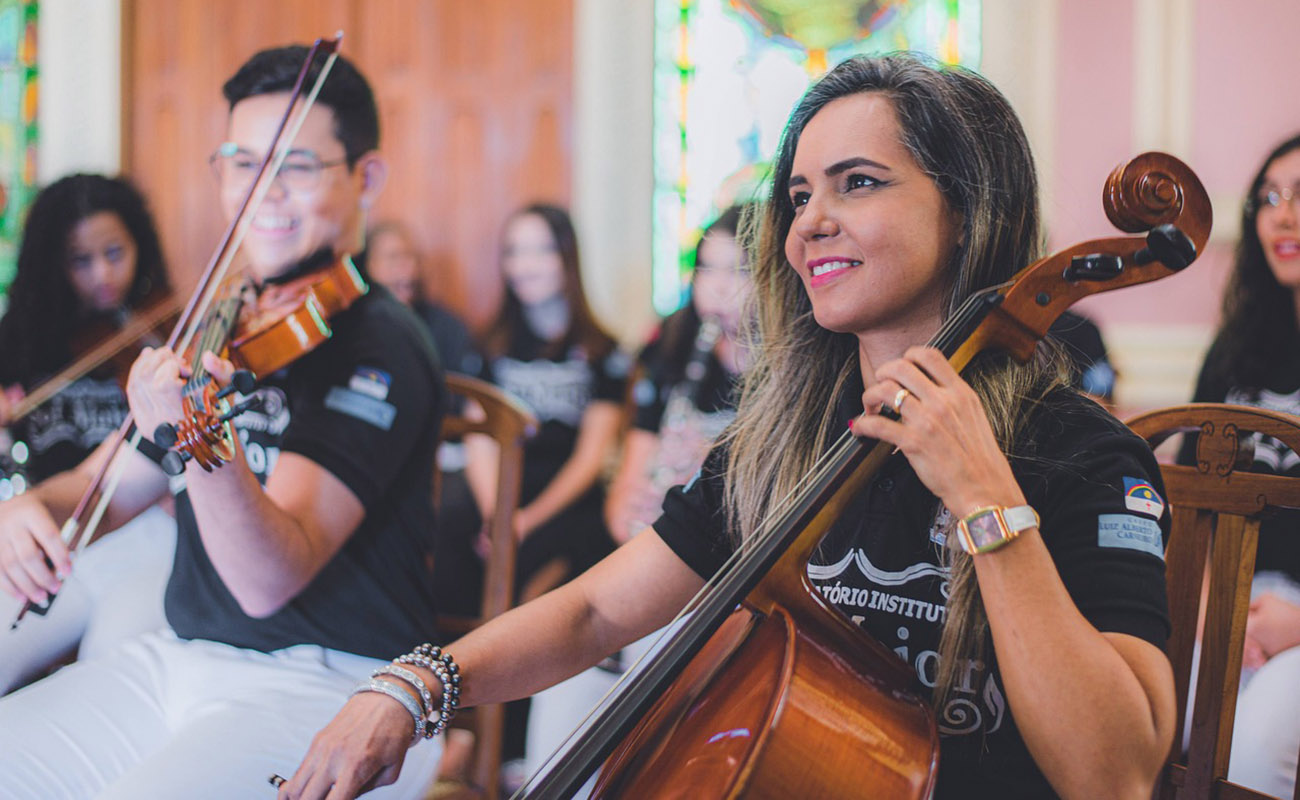The “strange romance” between Japan and flamenco
This is a topic which is often in my mind, ever since the legendary Keicho diplomatic mission of 1614

This is a topic which is often in my mind, ever since the legendary Keicho diplomatic mission of 1614, which brought to our country representatives of that Far East country, was known to be the origin of my surname “Japón” (which literally means “Japan” in Spanish). Many of my friends or acquaintances assume that since I’m a flamenco aficionado and my last name is Japón, I would somehow know the answer to that ages-long mystery: Why is flamenco so widely embraced in Japan? Why do Japanese people like flamenco so much? And why is that so many Japanese people come to Spain (particularly Andalusia) to learn about flamenco? I rush to tell them that I don’t have such answers (I just wish!), and regarding this topic of Japanese love for flamenco I have more questions than answers, which fortunately — I tell myself, hopeful — is the starting point of knowledge.
The matter of this relationship between flamenco and Japan is, somehow, the history of a mutual “discovery”, because it’s a fact that, just like the Japanese people were fascinated by this creative expression of the Andalusian soul, our artists, too, when they travelled to Japan (and most renowned flamenco artists have done so since the 1950s) have felt an embracing, seducing voice attracting them to that culture, due to the behaviour and response of the Japanese people to their performances. This is something that I’ve been able to confirm myself, from several flamenco artists who have come back from Japan with the deepest satisfaction of having been treated like the great artists they were, even as many of them didn’t experience such warmth and respect in their own land. A renowned cantaor, whose name I rather omit, once told me a bit surprised with what he considered a Japanese oddity: “There, the artists are supposed to rehearse before performing on the stage!”. Another artist, Vicente Amigo, told me recently, after coming back from as stint in Japan: “I have a fear of flying in airplanes, but I keep going to Japan because the Japanese people make you feel better than at home”, and I’m sure this feeling is shared by many flamenco artists.
This topic faces us with two basic questions, so we’re looking for two types of answers. First: when and how did flamenco arrive in Japan…? The second question, much harder to answer, is: how can we explain the instant acceptance and fervent following that Japanese people feel for flamenco? To answer these questions, it’s essential to understand the peculiarities of Japanese history. Regarding the first question, we have enough information to have an idea of the milestones in this process, yet the second question only allows us to wander in the realm of suppositions and the subjective opinions of the flamenco artists themselves, either Spanish or Japanese. Thus, we know that Antonia Mercé La Argentina was the first Spanish artist ever registered in Japan, in 1929, and Kyoko Shikaze (and important source about these matters) points out that while La Argentina usually performed Spanish dance, she reportedly also performed a “tango andaluz” with castanets, which was perhaps “the first flamenco performance in Japan’s history”. Shikaze-san claims that this was enough to get some Japanese artists to start dancing like her. From this early period, we must also mention the guitarist Carlos Montoya, whose performances in Japan were also momentous. However, the Second World War opened a gaping chasm in this early relationship, which was only overcome from the late 1950s onwards. That was the beginning of a complex process — impossible to describe in detail here – which resulted in the current situation: 80,000 flamenco students and about 600 schools of cante, toque and baile, besides countless tablaos, restaurants featuring flamenco performances, etc.
Regarding the second question, we can summarize by saying that there are as many opinions as there are people voicing their opinions. Shikaze herself points out that Japanese people fully embrace the things they love, and that they also love many other music genres besides flamenco. They are known for one particular trait which is relevant to our discussion: their ability to seek knowledge wherever they can find it, no matter how far away, together with their innate ability to learn and imitate. Maestro Morao put it this way a few days ago, as we chatted over coffee: “What flamenco finds in Japan is what it needs: respect and sensibility”, adding that, even as he performed in that country just once, that was what he experienced.

Juan Manuel SUÁREZ JAPÓN




